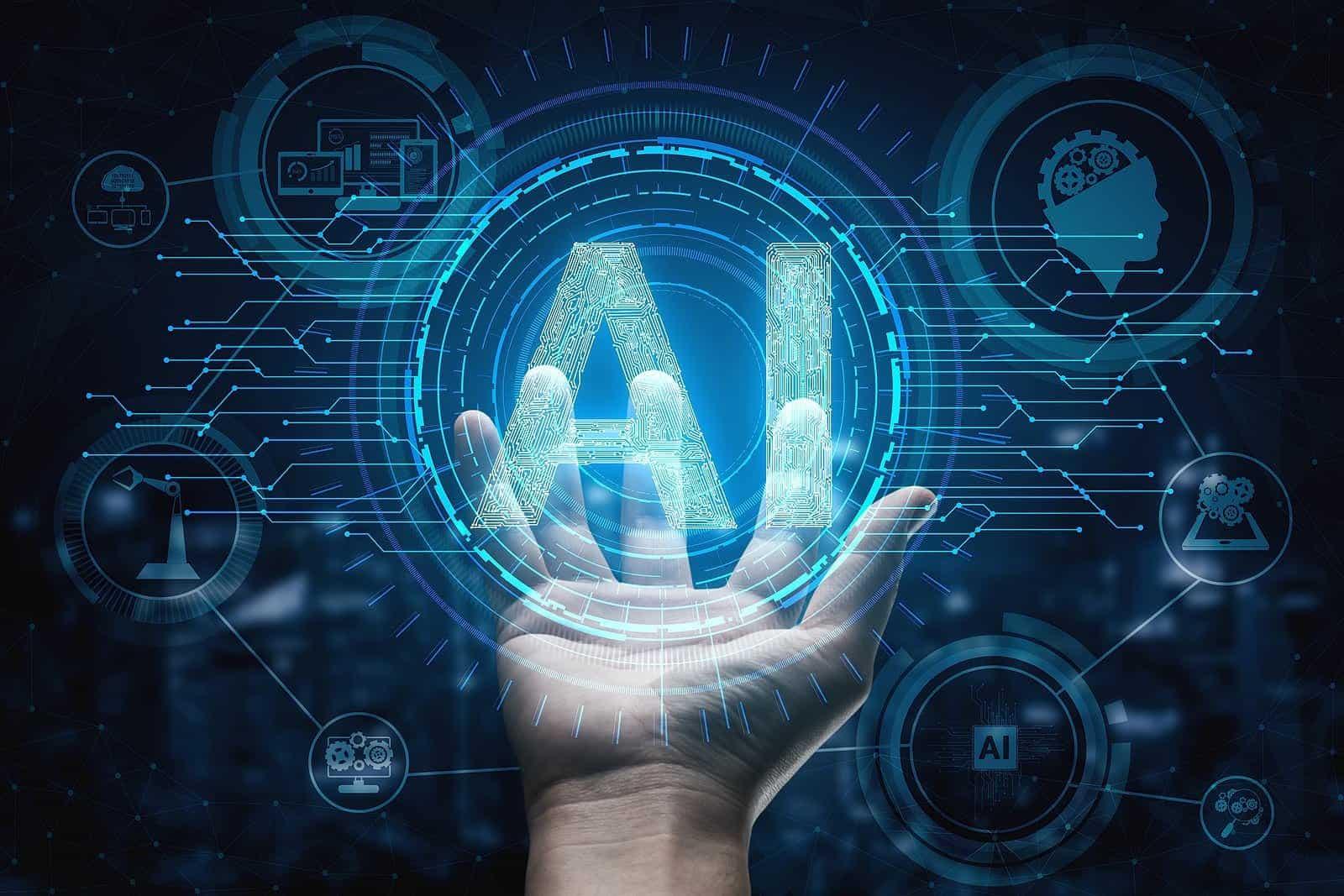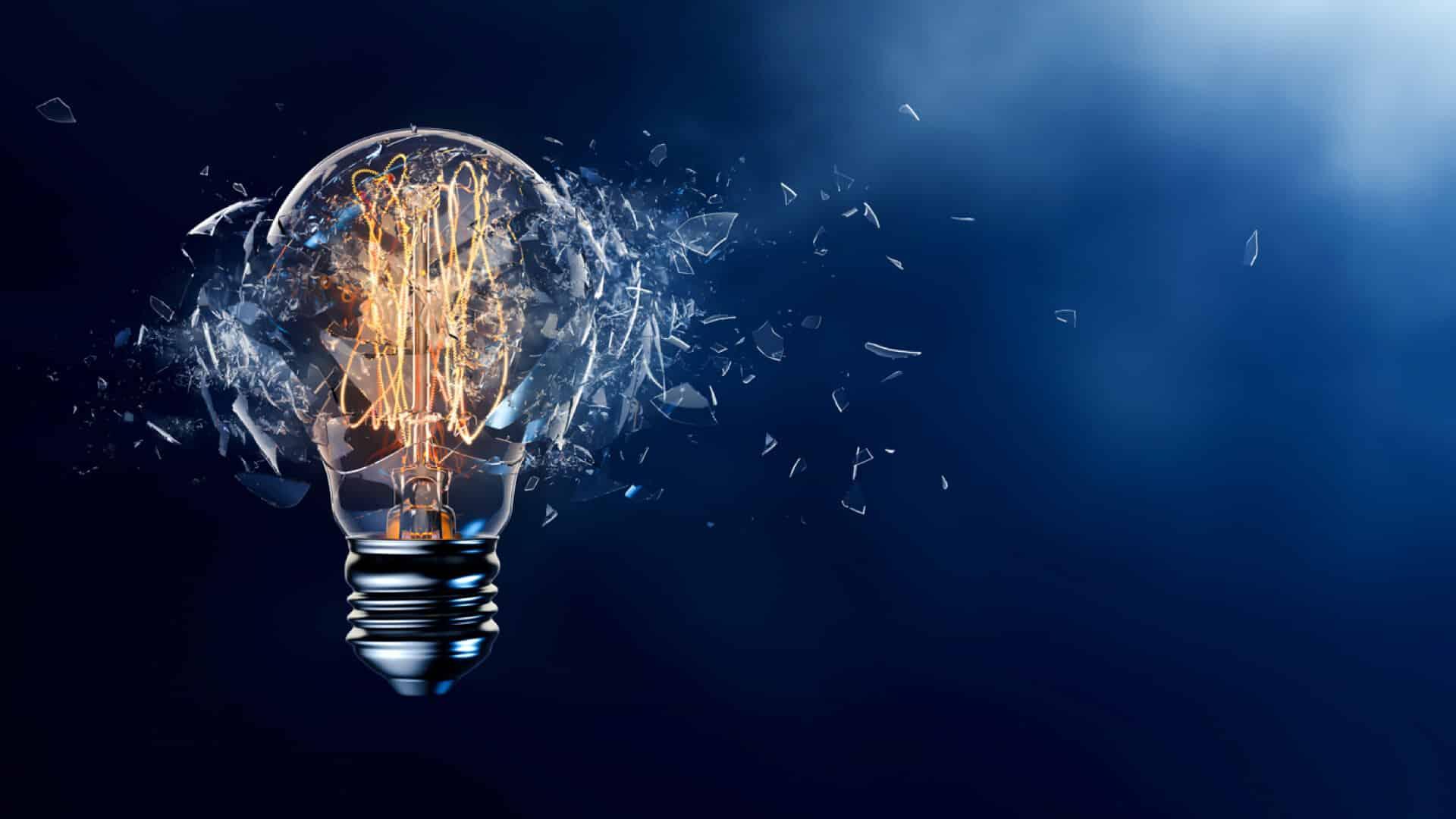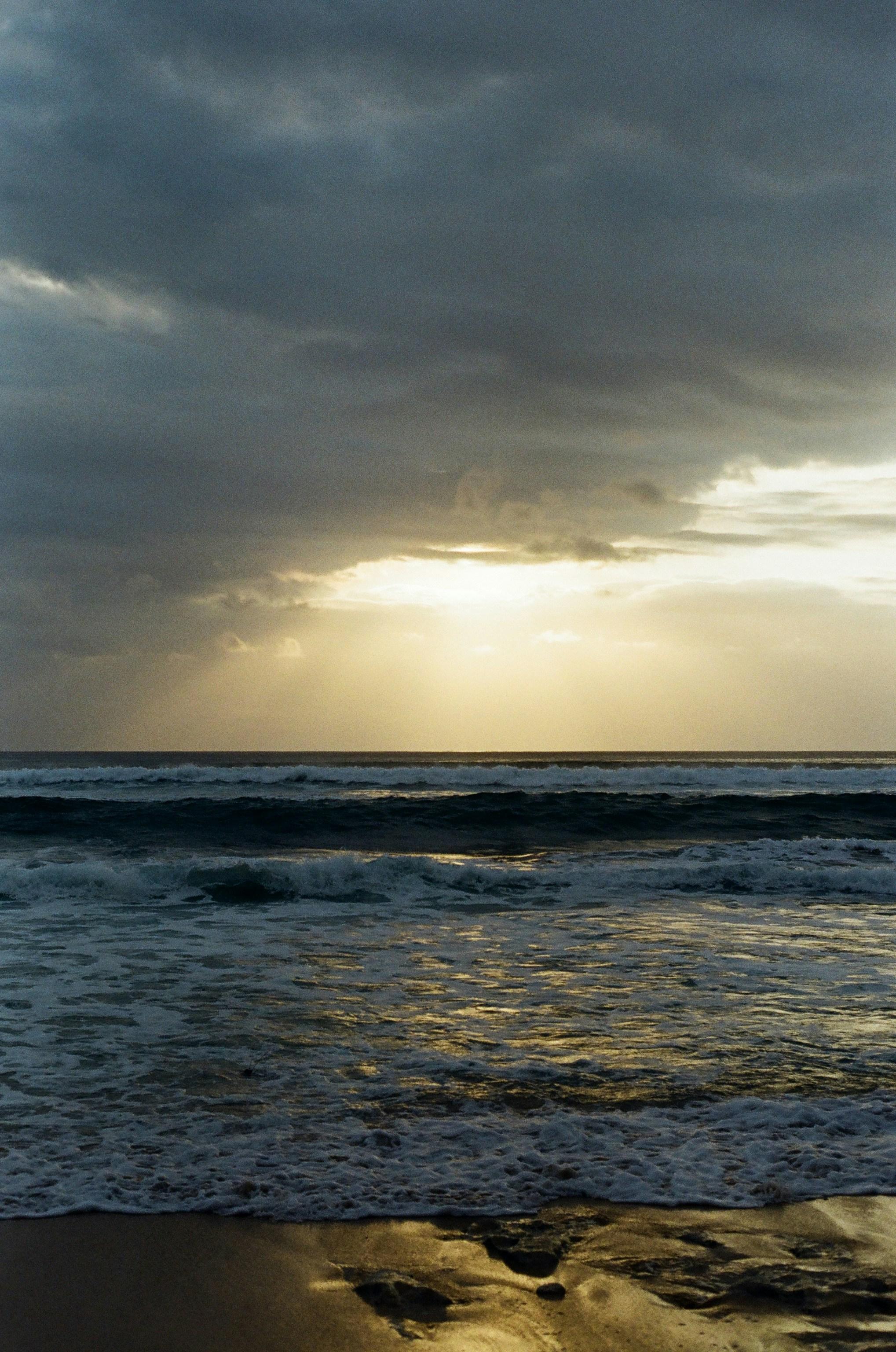In the dimly lit sanctuaries of film editing suites, where the magic of storytelling takes shape, a new presence is making itself known. Advances in artificial intelligence and machine learning are quietly reshaping the landscape of film production, offering tools that promise efficiency and innovation. Yet, as these digital companions grow more sophisticated, a question emerges from the shadows: do they pose a threat to the artisans of traditional film editing? This article delves into the evolving dynamics between cutting-edge technology and time-honored craft, exploring whether AI is an ally or adversary to those who sculpt narratives from raw footage.
Navigating the Intersection of Technology and Tradition in Film Editing
- Embracing Innovation: Film editors today are at a unique crossroads, where the time-honored techniques of storytelling meet the cutting-edge capabilities of AI and machine learning. This intersection offers an exciting palette of tools that can enhance efficiency and creativity. For instance, AI can automate repetitive tasks like sorting and tagging footage, allowing editors more time to focus on the artistic aspects of their craft.
- Preserving the Craft: While technology offers significant advantages, it also raises questions about the preservation of traditional skills. Mastery of pacing, rhythm, and emotional nuance remains a distinctly human endeavor. Editors must balance the speed and precision of AI with their own intuition and experience to maintain the heart and soul of cinematic storytelling.

Understanding AIs Role in Shaping Modern Editing Techniques
In the realm of modern editing, artificial intelligence has emerged as a transformative force, bringing both innovation and disruption. AI-driven tools are now capable of automating tedious tasks such as color correction, scene detection, and even rough cuts, allowing editors to focus more on creative decisions. The precision and efficiency offered by these technologies can lead to faster turnaround times and more polished final products.
However, this evolution is not without its challenges. Traditional film editors might find themselves adapting to new roles or learning to integrate AI tools into their workflow. While AI can handle repetitive tasks, the nuanced art of storytelling still heavily relies on human intuition. Key considerations include:
- Creative Judgment: AI lacks the emotional intelligence needed for complex narrative decisions.
- Collaboration: Editors must learn to collaborate with AI, enhancing their skills with technology.
- Job Evolution: Roles may shift from hands-on editing to supervising AI-driven processes.
The landscape of film editing is indeed changing, but rather than replacing human editors, AI offers new avenues for creative exploration and efficiency.

Balancing Innovation with Human Creativity in the Film Industry
The rapid advancement of AI and machine learning is reshaping the film industry, introducing tools that can enhance the editing process with unprecedented speed and precision. However, the essence of storytelling remains deeply rooted in human creativity. While AI can quickly sort through footage, identify patterns, and even suggest edits, it lacks the nuanced understanding of emotion and narrative flow that human editors bring to the table. The challenge lies in harnessing AI to assist rather than replace human creativity, allowing editors to focus on the artistic elements that make a film truly resonate with audiences.
- Intuitive Assistance: AI can streamline the editing workflow, handling repetitive tasks and freeing up editors to explore more creative possibilities.
- Preserving the Human Touch: The emotional and cultural insights that human editors provide remain irreplaceable, ensuring films connect on a deeper level.
- Collaboration Over Competition: Emphasizing a collaborative approach where technology complements human skills can lead to a richer cinematic experience.

Strategies for Film Editors to Thrive in an AI-Driven Landscape
- Embrace AI Tools: Film editors can enhance their workflows by incorporating AI-driven software that automates repetitive tasks like sorting footage and color correction. This not only saves time but also allows editors to focus on the creative aspects of storytelling.
- Develop Hybrid Skills: By learning to operate AI tools alongside traditional editing techniques, editors can position themselves as indispensable assets. Understanding how to integrate AI-generated suggestions while maintaining a human touch is key.
- Stay Updated: The landscape of AI and machine learning is constantly evolving. Regularly updating skills through workshops and online courses can keep editors at the forefront of technological advancements.
- Collaborate with AI Developers: Building relationships with AI developers can provide editors with insights into new tools and features. This collaboration can lead to more intuitive software tailored to the needs of the editing community.
- Focus on Creativity: AI can handle data-driven tasks, but creativity remains a uniquely human trait. Editors should concentrate on crafting compelling narratives and emotional arcs, areas where AI is yet to excel.

